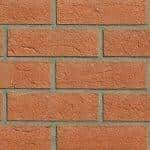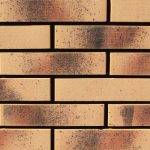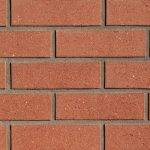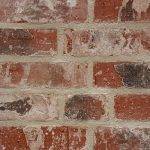How Does the Cost of Clay Brick Slips Compare to Real Bricks?
Every homeowner or commercial property owner wants their building to have a fresh, distinctive look. That’s one reason so many have opted for Licata clay brick slips. Clay brick slips have myriad advantages over real clay bricks including the fact that they are easier to install than brick and they generally cost less. Below, we will look at the cost of clay brick slips as opposed to the cost of real clay brick and hopefully provide you with the information you need to make a sound, informed choice.
Clay Brick Slip Vs Real Clay Bricks: A Cost Comparison
Determining the price of brick slips vs real clay bricks requires an examination that goes beyond what you paid for them. Stay with us and we will explain.
Factor #1: The cost of materials
Many people don’t look any further than the retail price of brick slips as opposed to real clay bricks when they’re considering the relative costs. This is a mistake. Yes, brick slips tend to be slightly more expensive than real bricks when measured per square foot, but that is only the beginning of the story. In addition, keep in mind that not all brick slips will cost the same per square foot due to the thickness of the brick slips and the manufacturing process involved.
Factor #2: Installation costs
The installation process is typically where the cost of real clay bricks catch up to and exceed the cost of clay brick slips. Real bricks are heavier and require a lot of time and labour to install correctly. Clay brick slips by comparison are relatively light, much thinner than real bricks and are installed in sections, rather than 1 brick at a time. There is very little specialised knowledge required to install clay brick slips. A reasonably talented DIYer should be able to complete the process with little difficulty. That’s another way clay brick slips can save money over real bricks.
Factor #3: The cost of maintenance
Both real bricks and clay brick slips are known for being extremely durable and low maintenance. Both will need to be cleaned occasionally, but with real bricks you also have to keep an eye open for damage to the mortar between the bricks. If holes develop they could lead to water intrusion, and that could lead to very expensive repairs of the exterior walls. There’s none of that with clay brick slips.
The total long-term cost of installing Licata clay brick slips as opposed to real clay bricks typically ends up being considerably lower. Considering you will enjoy pretty much the same benefits from clay brick slips that you will from real brick, it can be difficult to justify the added expense associated with real bricks.
The Bottom Line
The difference in cost between real clay bricks and Licata clay brick slips involves factors beyond the retail cost of the two cladding materials. In addition to costing less over the long-run Licata clay brick slips also provide other advantages including aesthetics, convenience and maintenance requirements.
Any type of side by side comparison of building material costs is likely to be problematic simply because each material is available in a range of options. We present this cost comparison as a way solely to demonstrate the potential cost-effectiveness of Licata clay brick slips and it should be understood in that fashion.




























